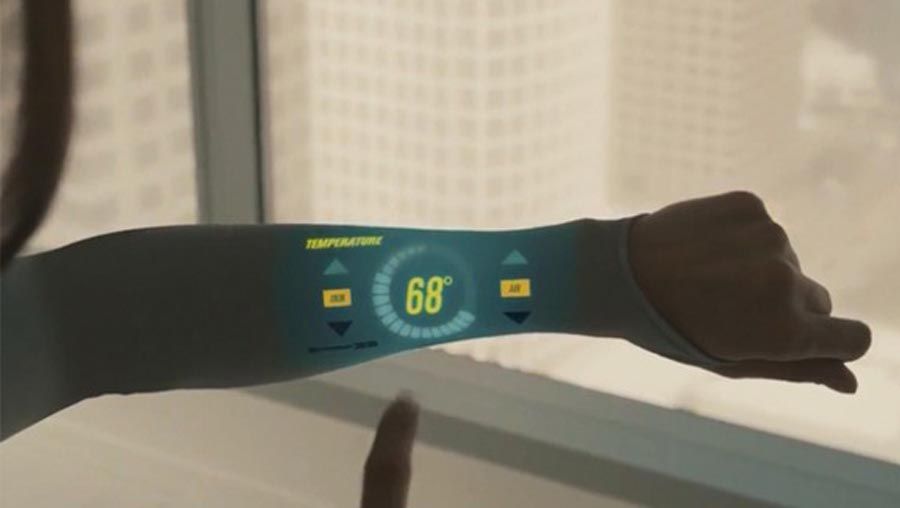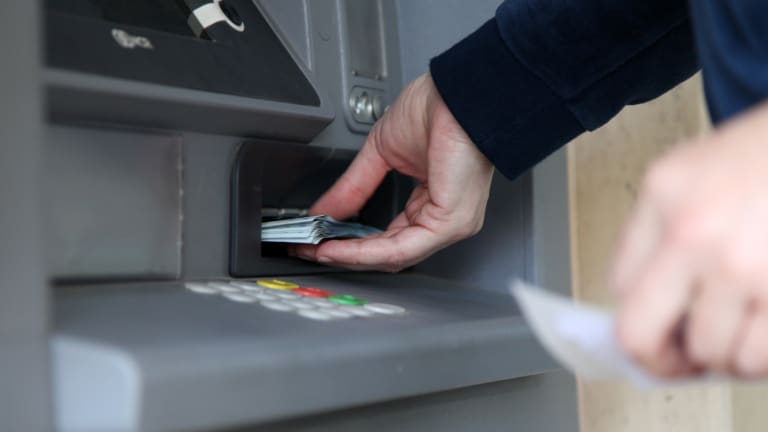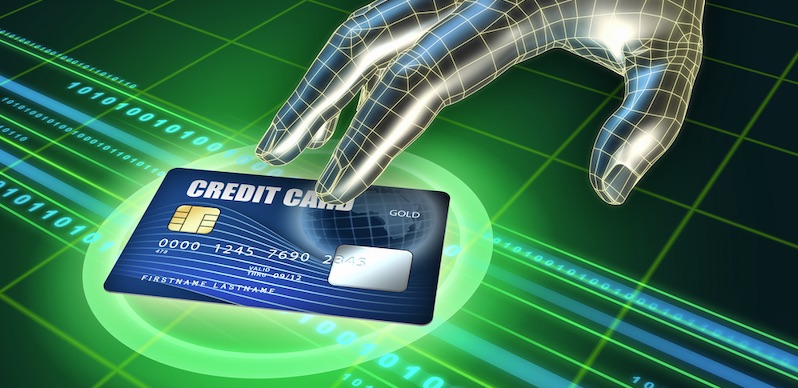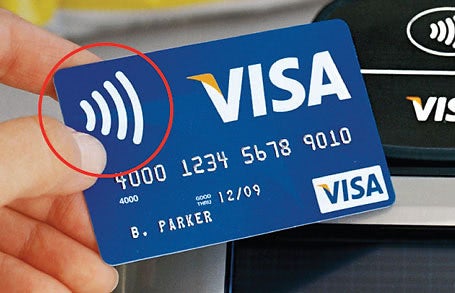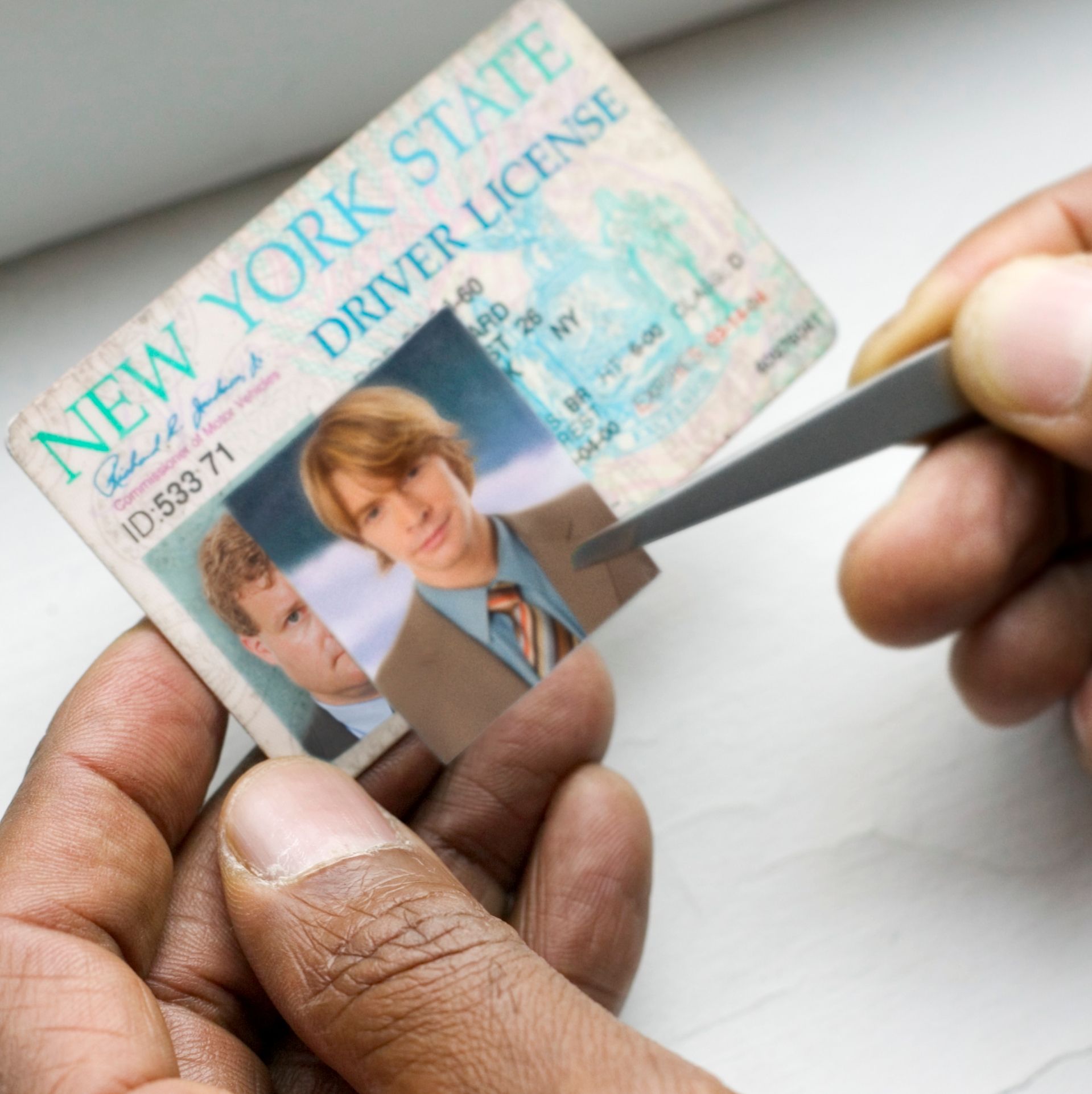The information can be used to obtain credit, merchandise, and services in the name of the victim, or to provide the thief with false credentials. In addition to running up debt, in rare cases, the impostor might provide false identification to police, creating a criminal record or leaving outstanding arrest warrants for the person whose identity has been stolen. Long story short, identity theft is something that you NEVER want to happen to you. It can get you in a lot of trouble. How? The following list of 25 Scariest Cases of Identity Theft will give you an idea…or two. Through careless safekeeping of our internet-connected devices we are playing into the hands of malicious thieves and opportunistic finders. The financial gain for hackers looking to infiltrate the IoT lies in the data. In a rush to get items to market, companies often leave IoT devices unsecured and easy to access. Hackers can gain access to personal information that can then be used to create fake identities. How is that possible? Thieves can get a hold of account numbers in many ways, including online hacking, stealing mail or finding it in the trash, lifting wallets, and ATM and card reader skimming. Once the thieves obtain the account data, they may use the information right at a point of sale or access individual accounts online, over the phone, or through the postal service. The hacker then borrows as much as they can. After they have reached their credit limit, they move on to open another account with different credentials. In the end, banks end up losing lots of money to defaulters. The hackers borrow the money knowing that the burden of repayment doesn’t fall on them. New account fraud increased 27.8% worldwide in 2019, compared to full-year 2018 results, and more than 100% compared to 2014. There are really two different types of mortgage fraud. Traditional mortgage frauds involve activities undertaken in an effort to defraud the lender, such as trying to obtain a loan one cannot legitimately qualify for. Other mortgage frauds target consumers, such as foreclosure prevention or loan modification scams in which unscrupulous individuals try to defraud homeowners who are in financial trouble. It’s fast and it’s easy. Car manufacturers like it – it allows them to move products quickly. Car dealers like it too, as it helps them make money fast. But the ones who really love it are the fraudsters! Apparently the speed comes at a cost. We know criminals always shift their strategy to keep rolling in the money, so where have they invested their time to keep cars rolling in? It appears they are getting those cars through fraudulent applications and financing. While car thefts have declined, auto finance fraud is making a long steadily increasing climb upward. Now, the rise of online lending has lead to near-instant approval of loans. Applicants can apply (and be approved for) for multiple loans in a matter of days. Or even hours. Technology allows for partially automated underwriting. Depositing often occurs within hours of approval. This is great news for consumers. It’s even better news for fraudsters…unfortunately. They may even pay bills as you – get engaged and married as you – start a family like you. To sum things up, identity cloning is the act of an imposter literally assuming your life in a different location. Here’s where the crime gets even more interesting. Since synthetic identity theft has no specific consumer victim, it can continue undetected for months, until the identity thief uses up the remainder of the credit line, leaving the lender, bank, or other financial institution holding the bag. The result is a criminal record in the name of the victim, who may not learn of the crime until it’s too late. The most common examples of a biometric recognition system is a smartphone’s fingerprint and facial recognition technology. However, often the sensors on devices that unlock using fingerprints are not encrypted. Without this protection, hackers could steal copies of a user’s fingerprint from a device, clone it, and gain access to all of the files, emails, and data on the device – and anything else their fingerprint is used to open. Essentially, this means that thieves are stealing people’s personal information to make claims against their health policies. Then after filing fraudulent claims, they pocket the cash and, in some cases, may even getting medical services. How can you know if someone has filed a return with your stolen information? Again, you may find out in different ways, but one common way is for the IRS to inform you. They don’t usually call you up and say, “Guess what? Someone stole your identity!” Instead, it’s a lot more likely that the IRS will reject your legitimate tax return because someone has already filed using your Social Security number. A more sophisticated version of the crime would be when a fraudster uses your PII to add their name to one of your financial accounts. Experts say that financial identity theft is often committed by someone who knows the victim, possibly a friend or family member. These are folks who may be able to easily put their hands on the necessary information and use it without the victim’s knowledge. Seniors are vulnerable to identity theft scams because often they are more trusting, have more savings and home equity built up, and are less likely to closely monitor their credit and financial accounts. Additionally, seniors may not be as technologically savvy as the criminals who attempt to steal their information. That might include opening credit accounts, taking out loans or applying for government benefits or a job. The crime can go undetected for years. Debts may pile up. Victims of child identity theft often discover it when they’re older. They might apply for a student loan, for instance, but get rejected due to damaged credit. The fraudster then behaves well for a period of time, making on-time payments, building credit, and applying for more cards and higher credit limits. After credit is built, the “bust-out” takes place. The fraudster maxes out all the credit accounts and ceases making payments. Bust-out fraud is a highly sophisticated, coordinated strategy that involves committing multiple acts of application fraud. Bust-out fraud is, in large part, orchestrated by organized crime rings. Stealing someone’s credit card or using someone’s lost card is one example of credit card fraud. Criminals even steal credit cards from your mailbox. They use these intercepted cards to make unauthorized purchases. If thieves gather enough personal information, they could also create a counterfeit card. Sometimes all it takes is a thief with your card number and expiration date for your money to be in serious danger. There are many different methods of obtaining your information, from unscrupulous employees to hackers gaining access to your data from a retailer’s insecure computer or network. When your debit card is used fraudulently, the money goes missing from your account instantly. Payments you’ve scheduled or checks you’ve mailed may bounce, and you may not be able to afford necessities. They offer popular items at a fraction of the usual cost and promise perks like free shipping and overnight delivery, exploiting the premium online shoppers put on price and speed. Just be careful next time….Nike shouldn’t read NiKe. See what I did there? Whether you’ve had your Social Security number stolen or are trying to keep it secure, it’s important to know what criminals can do with it, so you know how to recognize red flags. One of the identity theft-related crimes most people think of is credit card fraud. However, credit card fraud is just one of the crimes that can be committed if a criminal assumes your identity with your Social Security number and other personal information. While stolen credit cards and the like can be canceled and replaced, it can be difficult to obtain a new Social Security number. They cannot open a credit card or mortgage account but they can write your driver’s license number on a check, give your license number (without the actual license) to a police officer at a traffic stop, or doctor/manufacture a license with your number to pass off to those who require ID (bars, employers, police, etc.) Driver license fraud includes the use of another person’s identity, the submission of counterfeit identity documents, and all other activities intended to obtain a driver license or ID card by a person or for a person who is not eligible for issuance of such a document. Nevertheless, scammers target individuals with unlocked mailboxes, steal the mail and by changing the address they redirect their mail to a new address. After receiving the victim’s mail, the scammer can access sensitive documents that arrive by post and take advantage of credit card offers. Victims of mail theft often do not realize they have been victimized until their credit record and good name is ruined.


